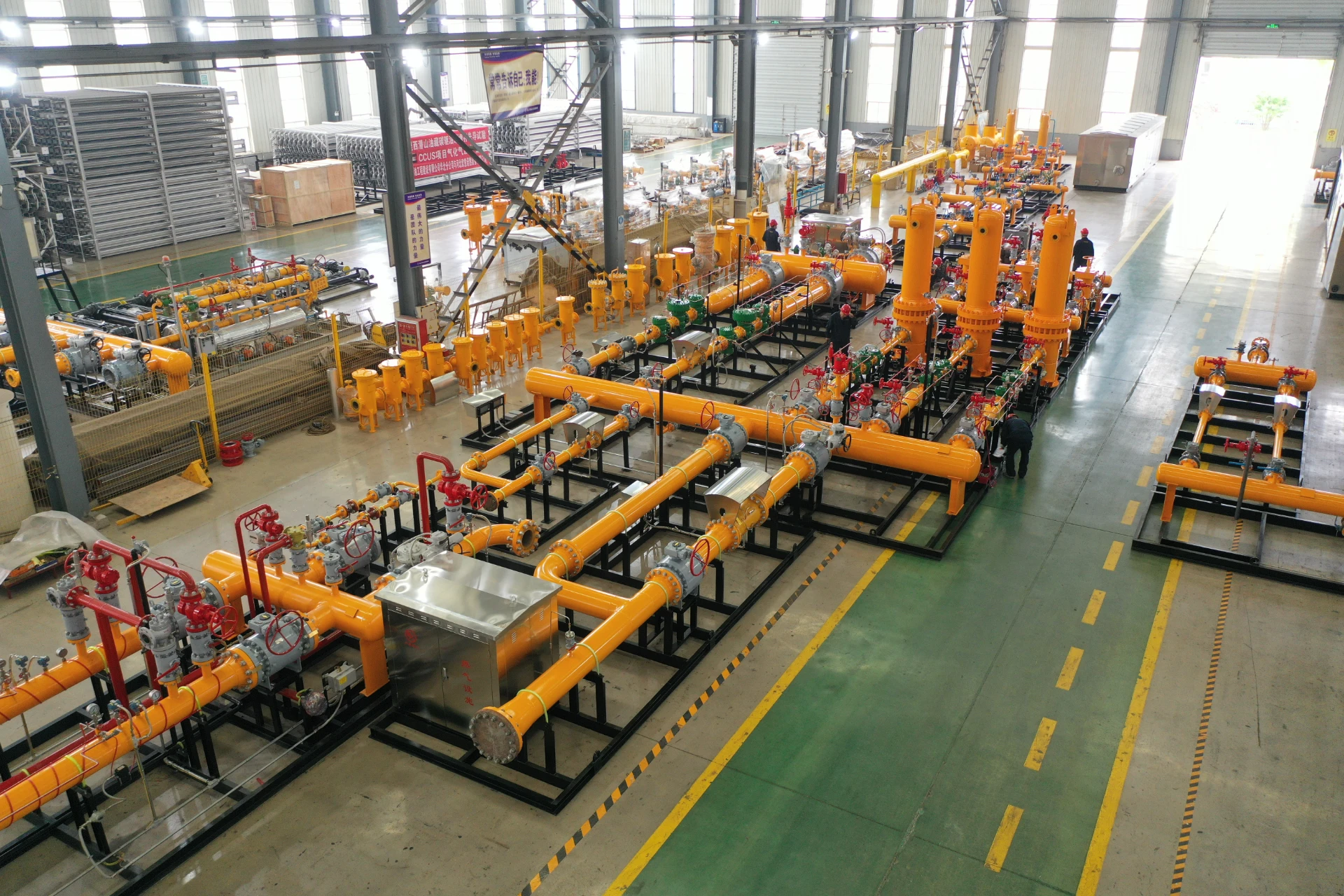
Dec . 16, 2024 14:53
Back to list
Natural Gas Safety Valve Ensuring Secure and Reliable Energy Supply
Safety Valve for Natural Gas Ensuring Safe Usage and Operation
Natural gas is a widely used energy source in many homes and industries around the world. It is valued for its efficiency, cleanliness, and versatility. However, the inherent risks associated with its usage necessitate the implementation of safety measures to prevent accidents and ensure safe operations. One of the critical components in this safety infrastructure is the safety valve, or صمام أمان الغاز الطبيعي in Arabic, which plays a vital role in the regulation and management of natural gas systems.
A safety valve is a device designed to protect a system from over-pressurization and potential failure. In the context of natural gas applications, these valves are essential for controlling pressure within gas pipelines and storage facilities. When the pressure within a system exceeds a specified limit, the safety valve opens automatically to release excess pressure and prevent catastrophic failure, which can lead to explosions, fires, or gas leaks. This mechanism is crucial in maintaining the integrity of the entire gas distribution system.
The operation of safety valves is based on the principles of physics. They are typically spring-loaded devices that use a spring mechanism to hold the valve closed against the pressure of the gas. When the pressure reaches a predetermined level, the force of the gas overcomes the tension of the spring, causing the valve to open. This releases gas safely into the atmosphere, or reroutes it to a safe area, effectively controlling the pressure within the system.
The installation of safety valves is mandated by safety regulations in many countries, ensuring that all natural gas systems are equipped with these essential components. Regular maintenance and testing of these valves are equally important. Over time, safety valves can become worn or fail due to factors such as corrosion, mechanical wear, or improper usage. Routine inspections are critical to identify potential issues and ensure that the valves function correctly in emergency situations.
صمام أمان الغاز الطبيعي

In addition to mechanical safety valves, modern technology has introduced electronic systems that monitor pressure and can activate safety measures automatically. These advanced systems provide real-time data and can alert operators to potential issues before they escalate. They are particularly beneficial in large-scale natural gas operations, where timely interventions can prevent catastrophic incidents.
Moreover, public awareness and education about natural gas safety are essential. Homeowners should be informed of the signs of gas leaks, such as a distinct smell (often compared to rotten eggs), hissing sounds, or dead vegetation near gas lines. Local authorities and gas companies often provide resources and training on safely handling natural gas appliances, which can further minimize risks associated with its usage.
The environmental impact of natural gas consumption is another crucial consideration. While natural gas is often touted as a cleaner alternative to solid and liquid fuels, it is still a fossil fuel that contributes to greenhouse gas emissions. The presence of safety valves can help contain gas leaks, reducing the environmental impact by preventing methane—a potent greenhouse gas—from escaping into the atmosphere.
In conclusion, صمام أمان الغاز الطبيعي, or safety valves for natural gas, are indispensable components in the safe management of natural gas infrastructure. They protect against over-pressurization, preventing dangerous leaks and explosions, while also contributing to environmental protection efforts. As the world increasingly turns to natural gas as a cleaner energy source, ensuring the safety and reliability of its distribution systems will remain a top priority. Through advancements in technology, stringent regulations, and public education, we can continue to harness the benefits of natural gas while prioritizing safety at every level.
Next:
Latest news
-
Safety Valve Spring-Loaded Design Overpressure ProtectionNewsJul.25,2025
-
Precision Voltage Regulator AC5 Accuracy Grade PerformanceNewsJul.25,2025
-
Natural Gas Pressure Regulating Skid Industrial Pipeline ApplicationsNewsJul.25,2025
-
Natural Gas Filter Stainless Steel Mesh Element DesignNewsJul.25,2025
-
Gas Pressure Regulator Valve Direct-Acting Spring-Loaded DesignNewsJul.25,2025
-
Decompression Equipment Multi-Stage Heat Exchange System DesignNewsJul.25,2025

